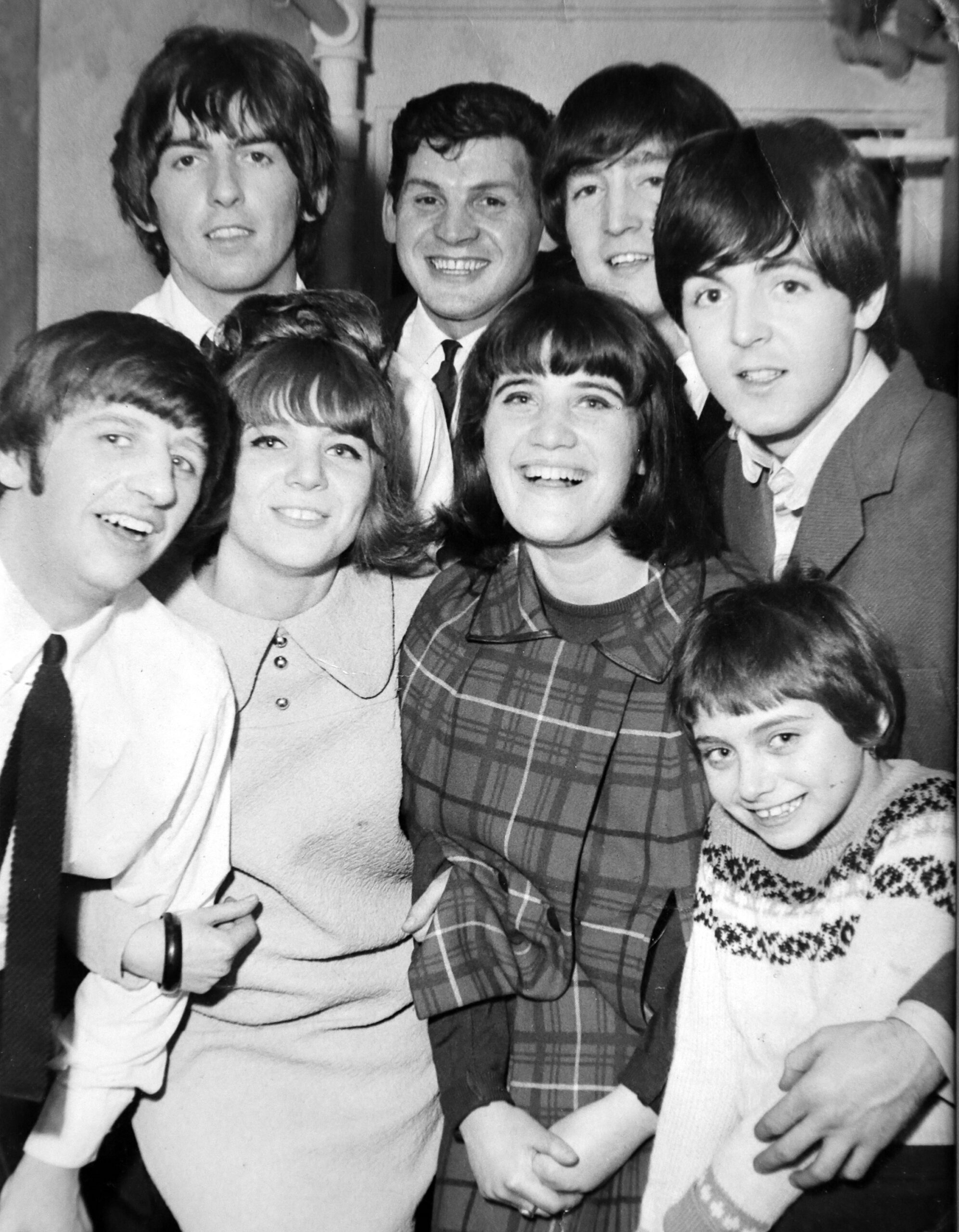
A Shrunken History of the Band Tee
Most people will have a band tee tucked away in their wardrobe, filled with memories of a heady night in dark venue. But how did this staple come to be? Let's explore the history and evolution of the music t-shirt to place it holds in pop culture today.
Text by Lisa der Weduwe | Cover Photo by Rebecca Lewis | 23.11.2023
There's a Slipknot t-shirt that I’ve worn consistently since I was 14, bought at the end of a wild gig where we had to carry a friend to the medical team after getting knocked out in the mosh pit. It wasn’t my first band t-shirt and definitely not my last, but it’s the one that has endured the longest. It has survived the culls of bands my teenage self outgrew and the t-shirts I later regretted binning. It sits in a drawer full of band t-shirts accumulated over hundreds of gigs. It is safe to say that I am a consistent band tee wearer. It is a staple of my daily uniform. But what story lays behind my drawer of band tees? There is a long history that transformed this everyday piece of clothing into the behemoth it is today.
First manufactured as an undergarment by the U.S. army, the humble t-shirt was catapulted into teenage consciousness when Marlon Brando donned one on the big screen in A Streetcar Named Desire, released in 1951. Fast forward to today and we produce over 7 billion a year. It’s difficult to trace exactly when in this story the first music t-shirts arise. In 1940s America, teenage bobby-soxers would customise their clothes in homage to their idol Frank Sinatra. The first concert t-shirt was reportedly created by an Elvis fan club in the late 1950s, while in the early 60s The Beatles celebrated their US tour by producing t-shirts, giving the fans a way to feel closer to the Fab Four. By 1968 the first music merchandising company Winterland Productions was founded and we haven’t looked back since.
"In many ways the music t-shirt was the perfect garment to accompany the fledgling teen, merging music and fashion in a simple, utilitarian way that helped forge group identity."

Considering this potted timeline, it seems to parallel the emergence of the teenager; from the not-quite-child-not-quite-adult person taking shape in the 1940s, to the mainstream consolidation of the teenager by the Swinging Sixties. In many ways the music t-shirt was the perfect garment to accompany the fledgling teen, merging music and fashion in a simple, utilitarian way that helped forge group identity. With the rise of music-based Subcultures and mainstream pop culture over this same period, t-shirts became a key component in the style wars. A Ton Up girl will have her leather jacket and a Mod his tonic suit, but the band t-shirt provides a more casual signifier of Subcultural allegiance, akin to a pin badge or graffitied school bag.
The band tee has got much going for it. They are easy (and cheap) to produce. A blank canvas that you can take in any direction. New music scenes each developed their own take; Punk brought a raw aesthetic where teens were just as likely to wear a home-made band shirt as an official one, whilst Hip Hop tees had slick designs that often placed the logo front and centre. To the wearer they are a simple way to support your favourite artists and identify yourself to fellow fans. As a teenage Greebo, wearing my rotation of tees was a nod to fellow Greebos and a way to proudly showcase my musical know-how of obscure bands.


These days music merch is big business. Large-scale stadium tours come with a range of t-shirts so fans can take home a piece of the night. It is said AC/DC was the first band to ever make more from merch than ticket sales on a tour, and since then merch lines have become an important way for artists to make money. Licensing deals mean you can now buy a Ramones tee in Primark, Nirvana in H&M and have blokes in the pub asking you to name three songs. At the same time, an old tee at the back of your wardrobe could land you £10,000, as Led Zeppelin and Run-D.M.C. originals have done. All of this has raised questions around the commodification of music Subcultures. Where does the band t-shirt now sit between a celebration of music and universal style icon? A photograph of a celebrity rocking a vintage Metallica tee will inevitably come with a nasty comment section. In strictly business terms, the tee is doing its job spreading the name of the artist, but for many music isn’t strictly business and emotions run high.
The other question to ask is, does it matter? Moving away from mega-tours and celebrity culture, music tees are still an invaluable part of fandoms and community building. For emerging musicians music t-shirts are an important way to advertise, build a following and raise funds at a time when touring is becoming harder. Buying a music tee, whether at the end of a sweaty gig or with a couple of clicks on our phone, is linking us to thousands of fans across the world. There is something so simple about this act of community building that feels powerful. Many wearers will speak to this power. I, for one, can’t imagine I’ll stop wearing them any time soon.
We'd love to hear your band tee stories! Submit your photographs to become part of the Museum of Youth Culture.











